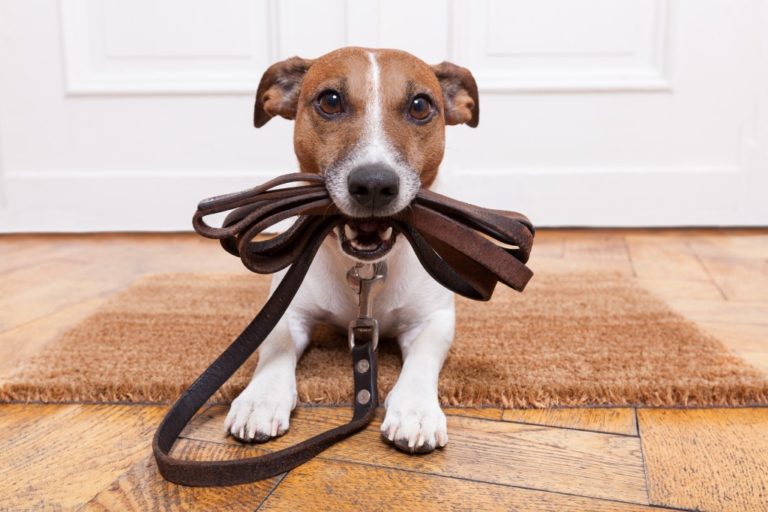Is your beloved pup easily distracted? Do you find yourself constantly running after him because he barks and runs after every single thing in his sight instead of leisurely walking beside you in your favorite Loxahatchee park? Consider training your dog to “watch” you or “look at” something on command so that he can focus on what he’s supposed to be doing.
Why should you draw your pup’s attention to something else that may excite him further? Well, when your dog learns to look on command, he’ll also learn to return his focus on you just as easily. This could help make new experiences and places more predictable for you and your dog, and keep you in control of your pet.
Start Slow and Small
Hold a ball, chew toy, or any object that your dog likes behind you. A chew toy with a rattle or squeaker can be particularly helpful in getting your dog’s attention. You can also wave or wiggle the toy to get his attention.
Next, ask him to look at you and when he does, hold out the toy from behind you and out to your side. If your dog looks in the toy’s direction, reward him immediately. When giving him the reward, make sure that he looks at you and away from the toy, and only then should you give the reward. This will help reinforce the lesson: look at something and look back at you when you call.
Using “Look” as a Verbal Clue
 You should only say “look” once your dog starts to shift his attention in the toy’s direction. Or you can simply watch his body language and pinpoint the moment he’s going to look at the toy. In time, you can also use this command for pointing out interesting things during your walks before he even sees the thing for himself.
You should only say “look” once your dog starts to shift his attention in the toy’s direction. Or you can simply watch his body language and pinpoint the moment he’s going to look at the toy. In time, you can also use this command for pointing out interesting things during your walks before he even sees the thing for himself.
Adding a Hand Signal
Once your dog is mostly accustomed to following the look command, you can then add a specific hand signal. When adding the hand signal, you should continue saying your verbal cue as you do the hand signal; like holding your pointer finger up to indicate to your dog that it’s where you need him to look. Reward your dog only when he looks at you after signaling him and saying the verbal cue.
How to Apply the Command in Real Life Situations
Little by little, you should let your dog get used to responding to the look command in situations when it’s extremely crucial for your dog to listen to you.
For instance, when other dogs or people are passing near you while you’re walking or playing. But make sure to conduct your initial practice sessions in environments that you have some control over, such as in your backyard or the house of a friend your dog is already familiar with.
With regular practice, patience, and time, your dog will respond to your look command whenever and whatever the situation. And this can only mean you’ll have a pet who is well-behaved no matter where you go.
